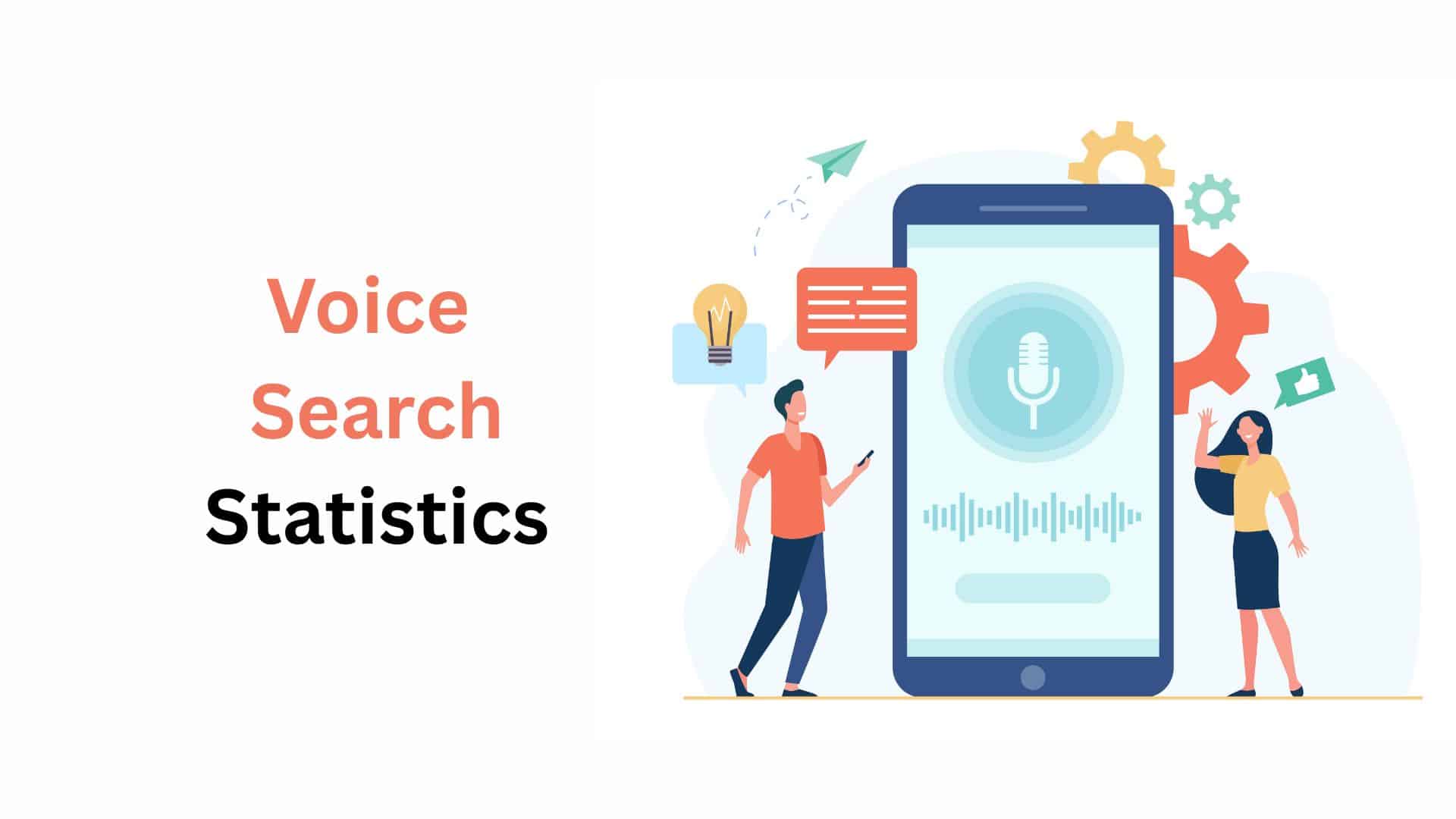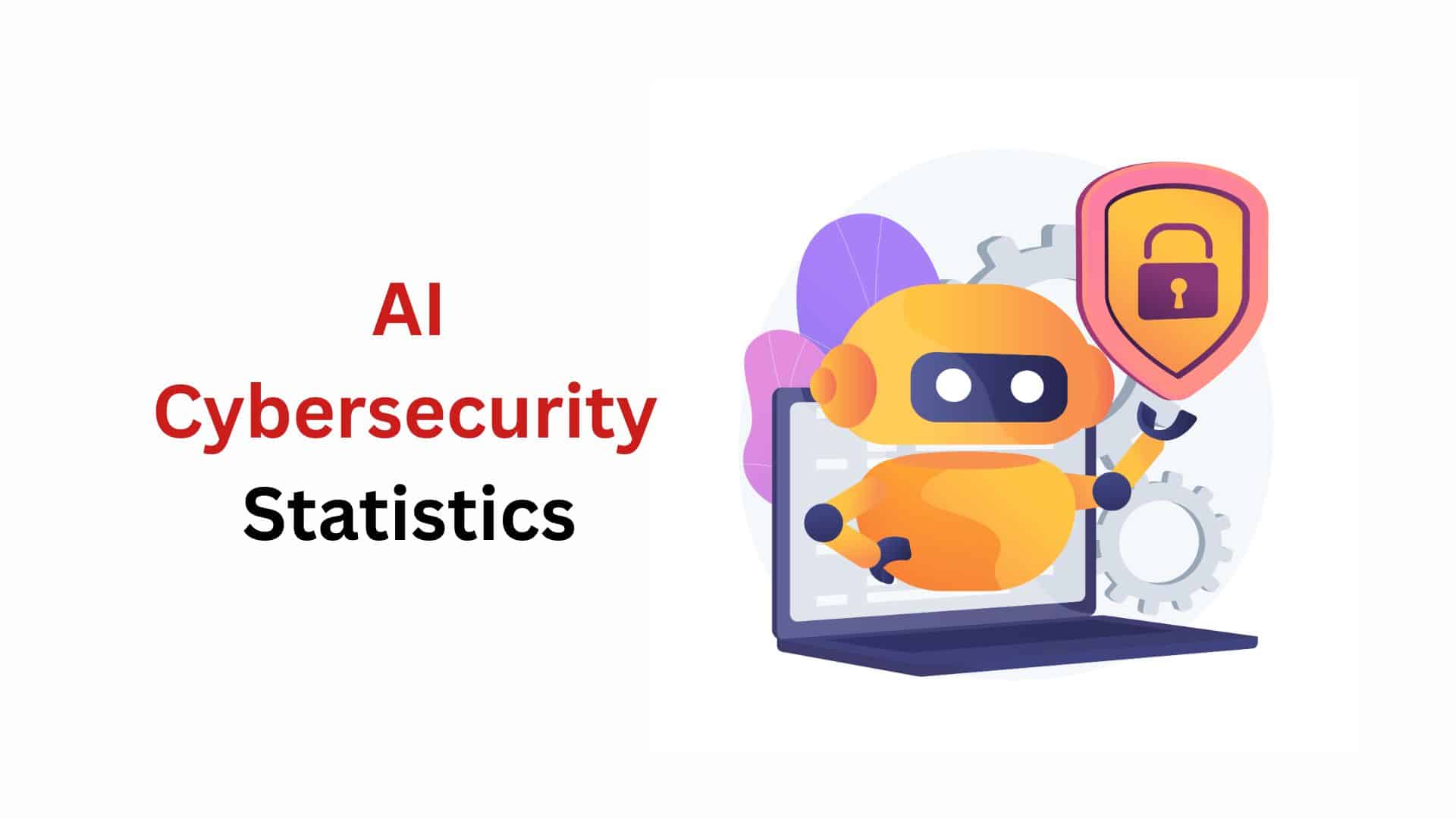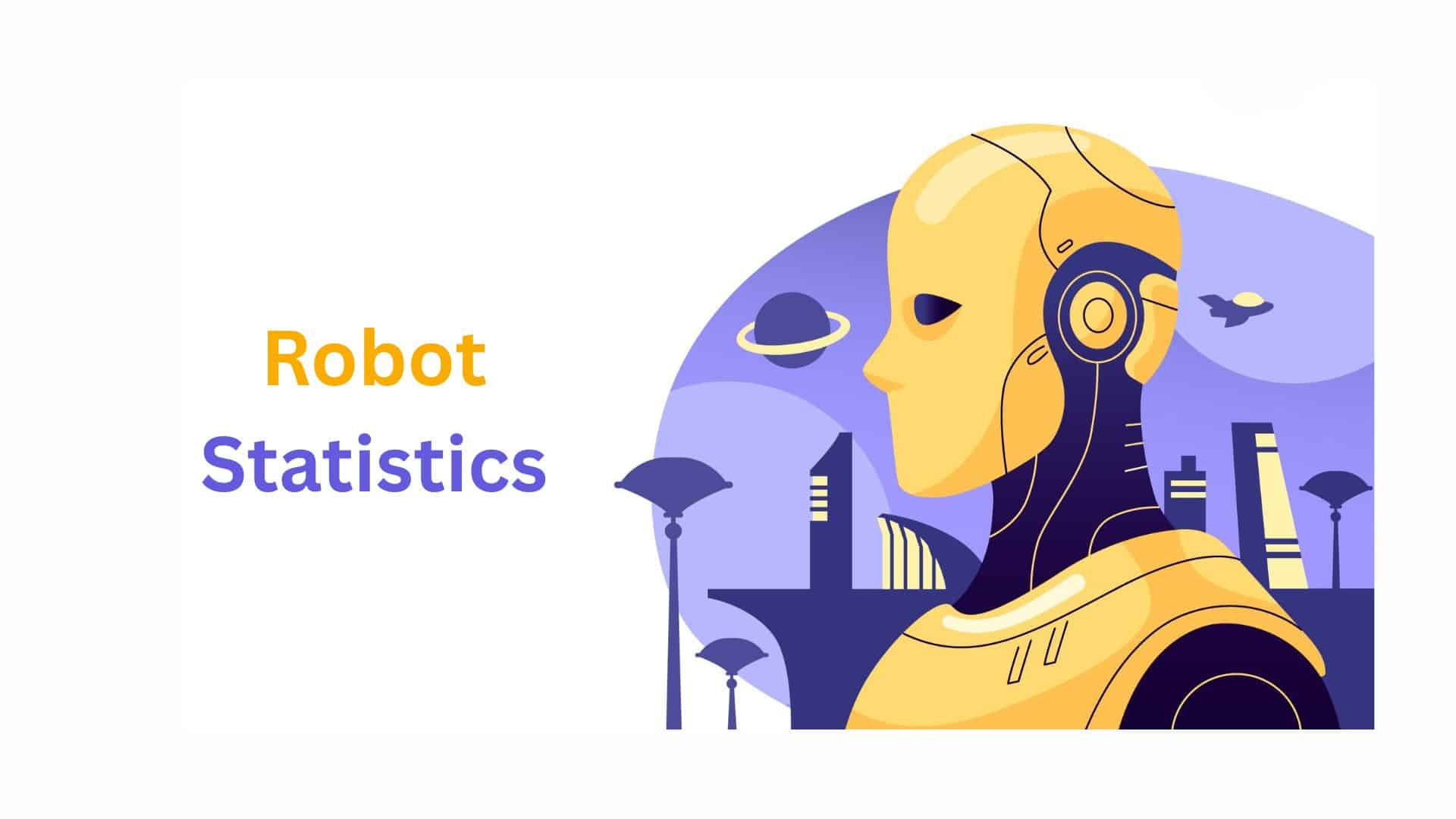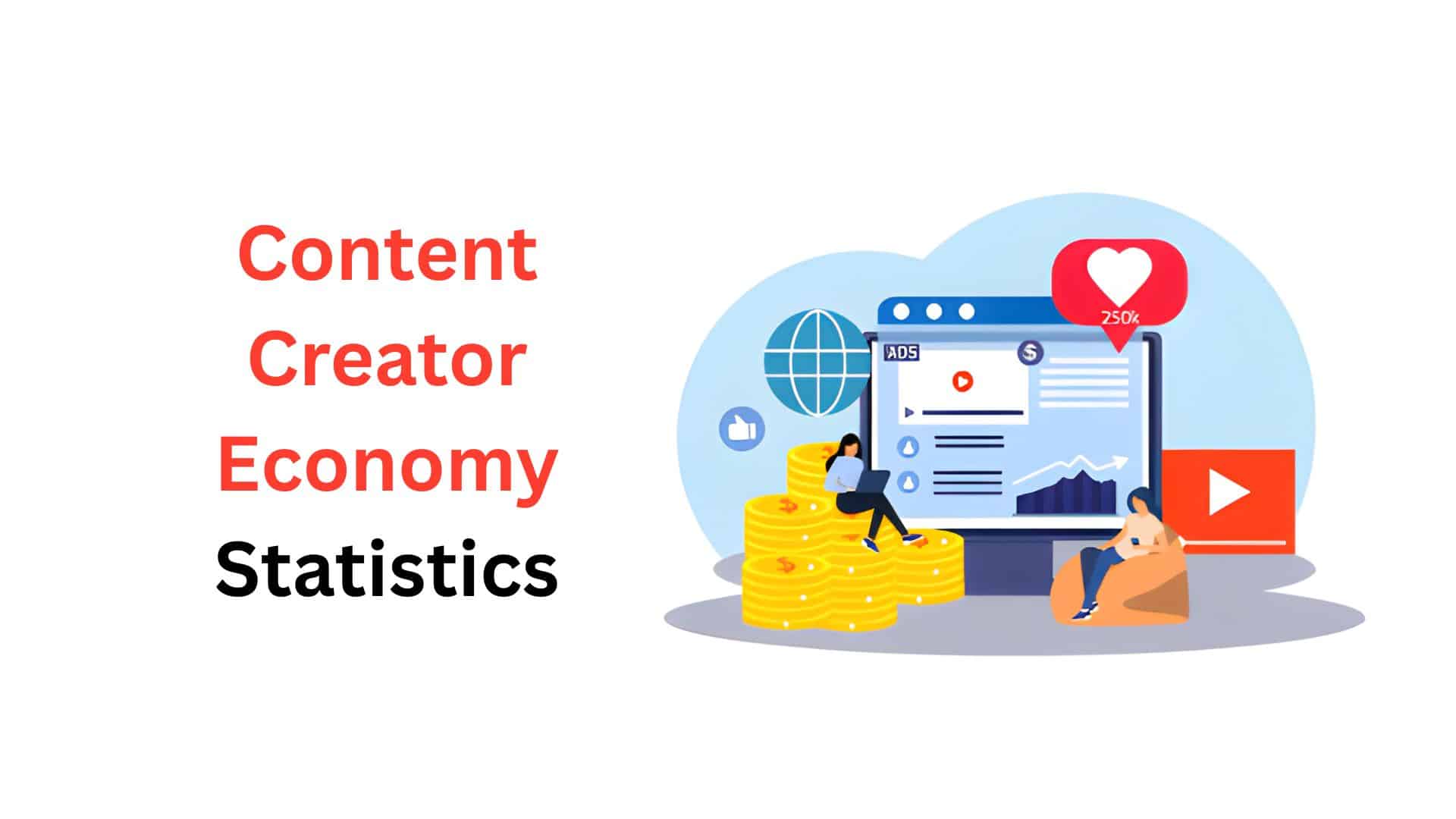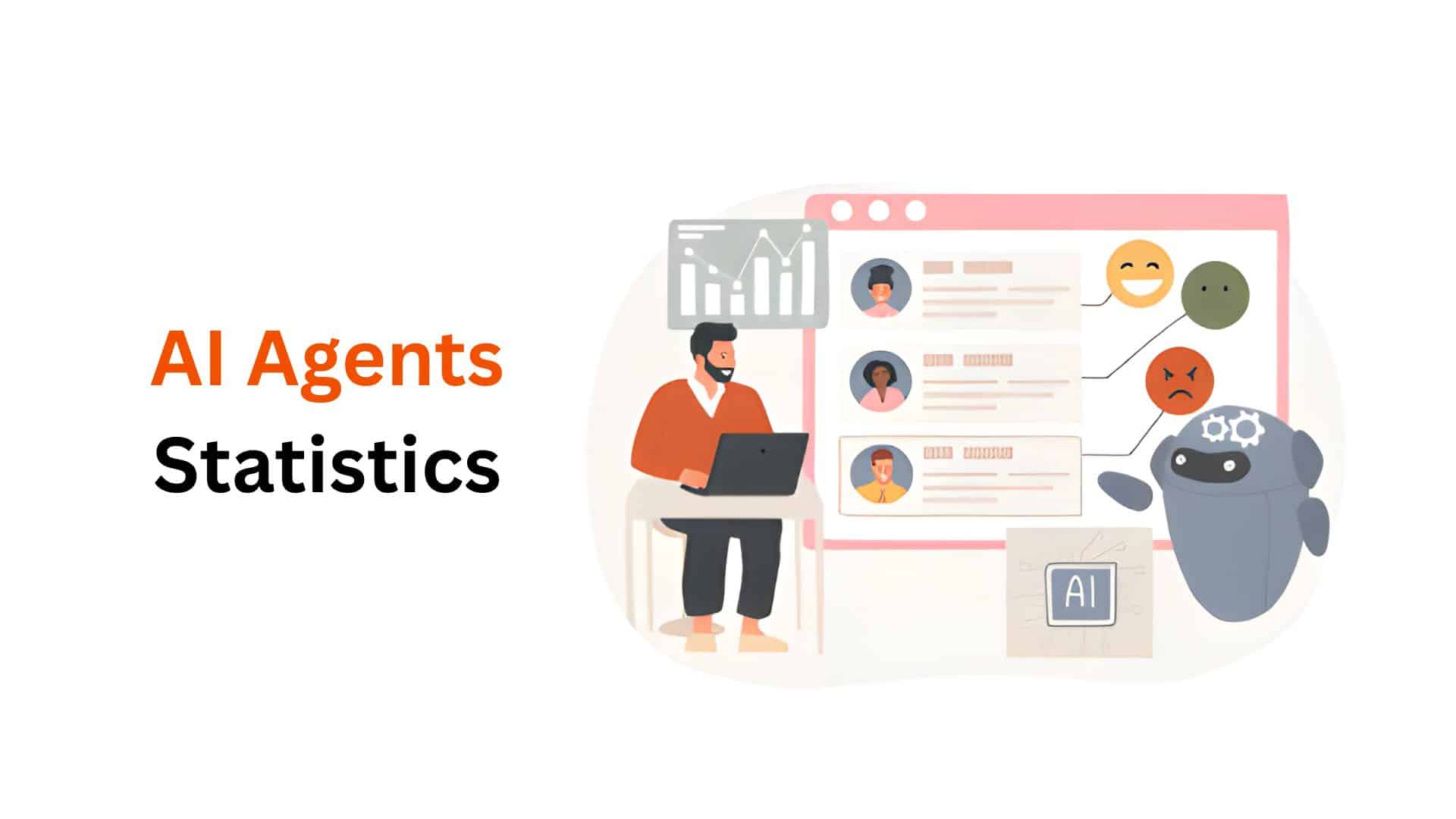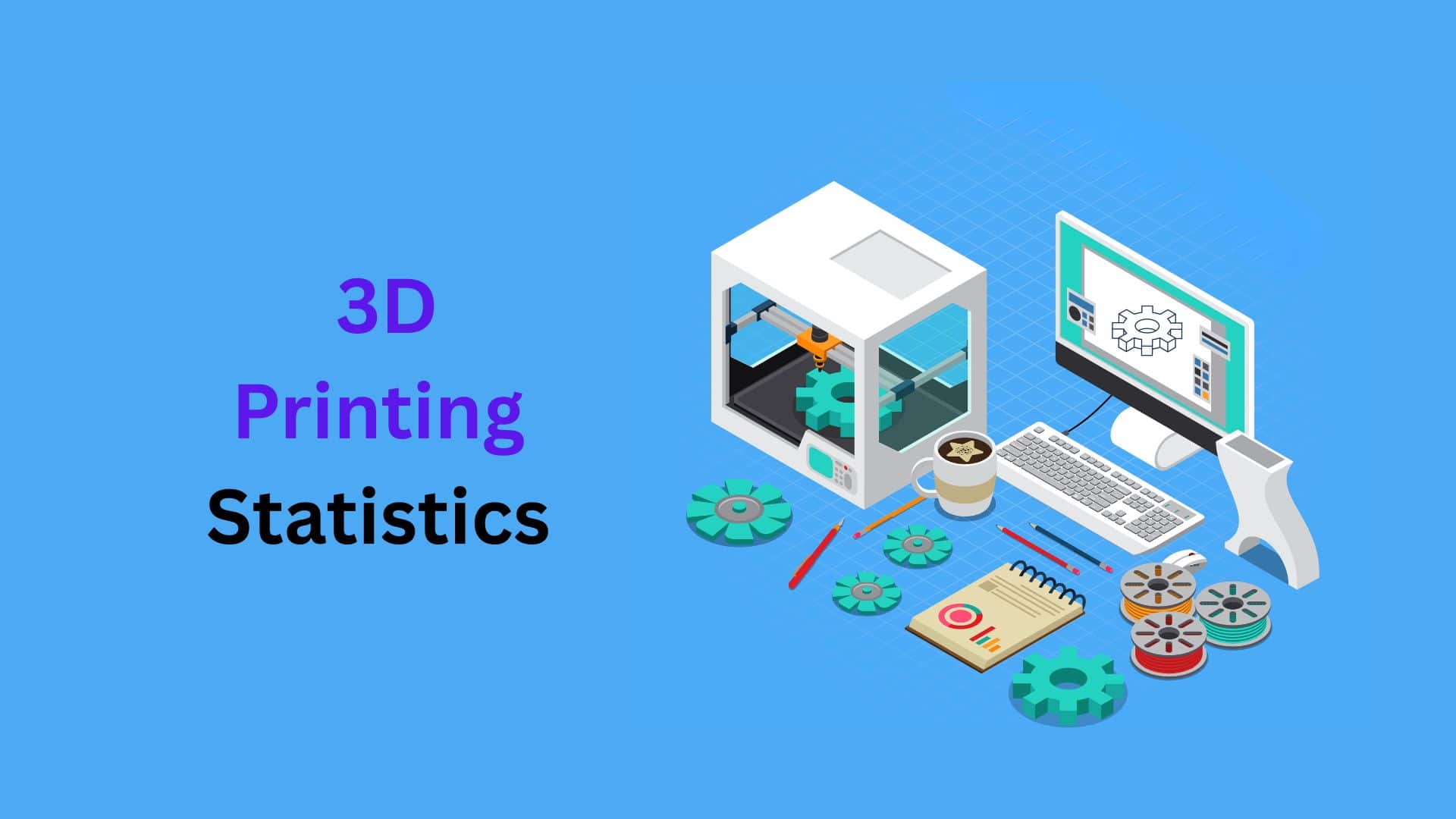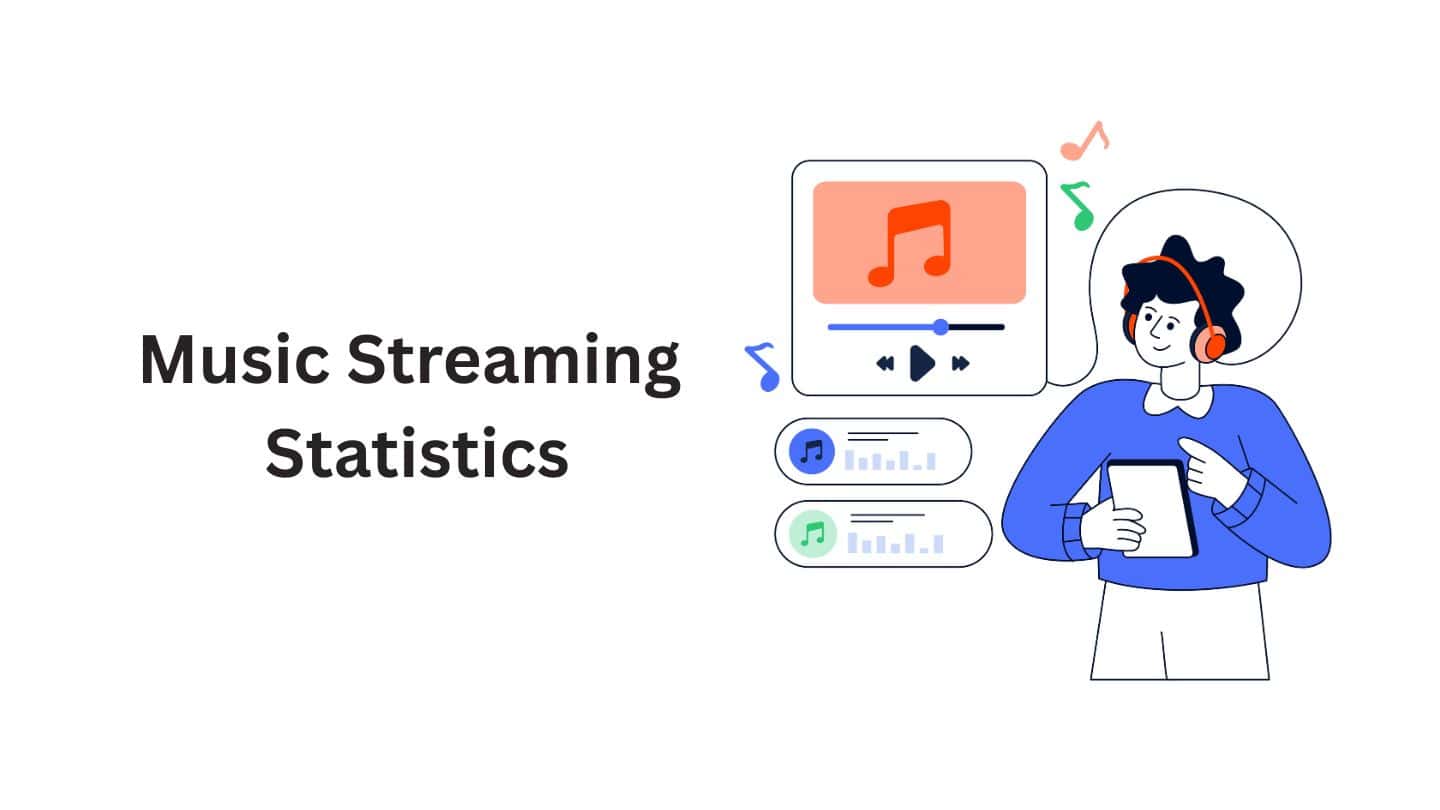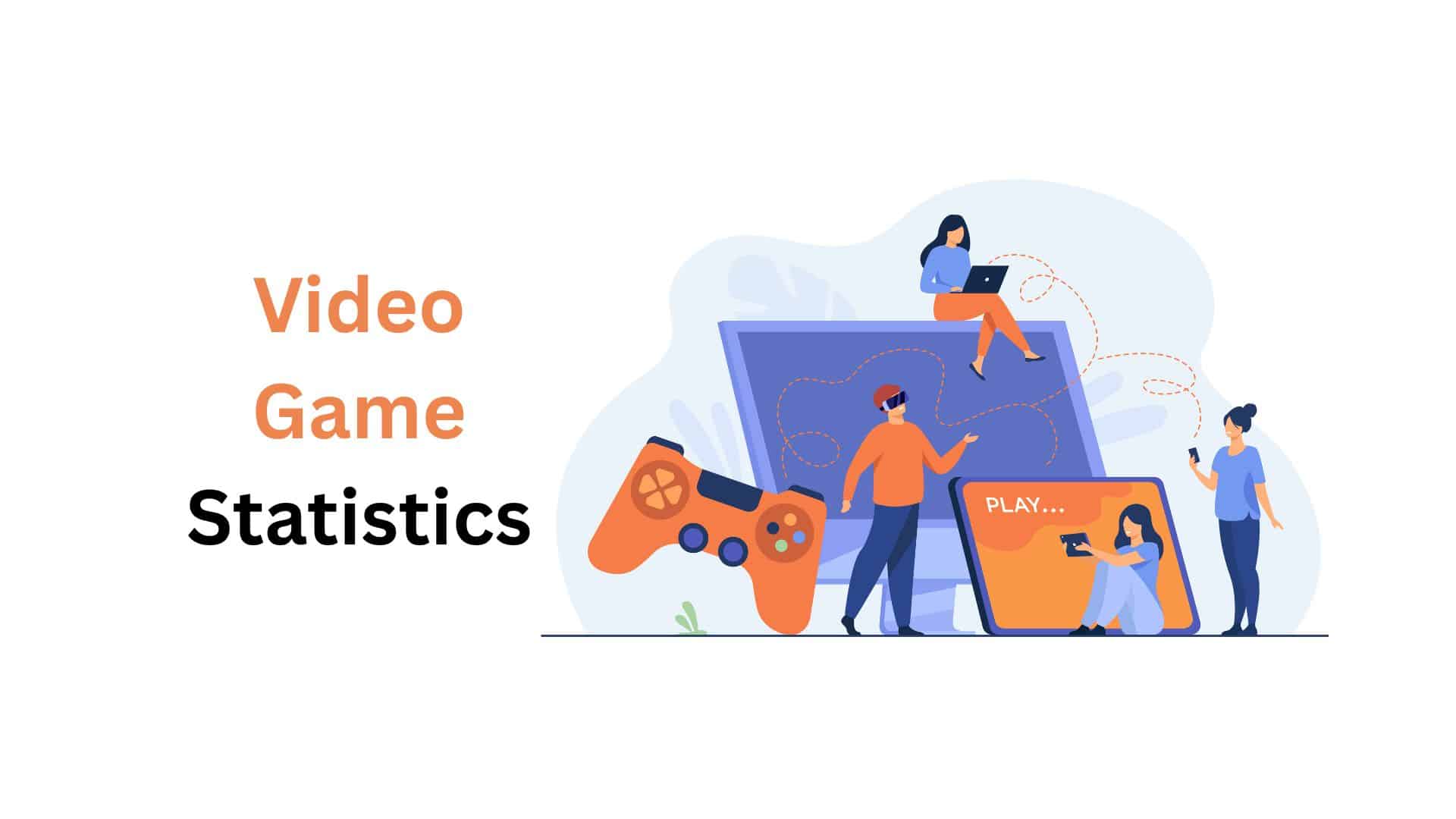Call Center Statistics By AI Impact, Usage, Customer Experience, Technology and Facts (2025)

Updated · Oct 21, 2025

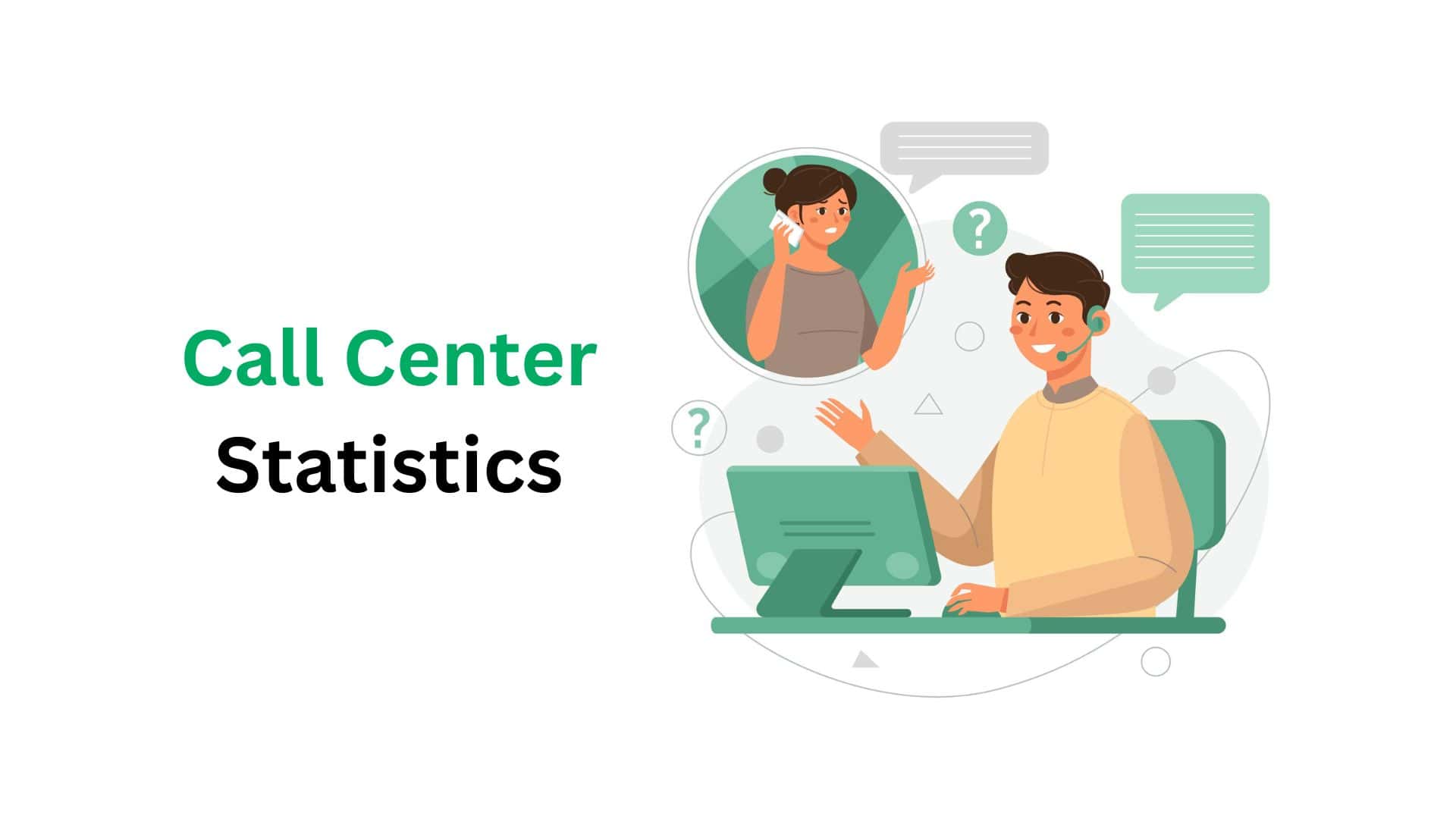
WHAT WE HAVE ON THIS PAGE
- Introduction
- Editor’s Choice
- Call Center Efficiency Statistics
- Call Center Technology Statistics
- General Call Center Performance and Operational Insights
- Call Center Benchmarks by Industry
- Call Center Outsourcing Market Size
- Customer Experience and Satisfaction in the Call Center
- Call Centre AI Market Size
- AI and Automation in Call Centers
- Technology and AI Transformation in the Call Center
- Agent Performance and Call Center Employee Insights
- Call Center Future Trends
- Conclusion
Introduction
Call center statistics: Call center, now often referred to as a contact center, stands as the most critical point of engagement between a brand and its customers. It is a complex, technology-driven ecosystem where data, efficiency, and human empathy must converge. The success of a call center directly correlates with a company’s bottom line, affecting customer loyalty, churn rates, and overall revenue.
Three years ago, I was working in a call center as a quality controller. So, I knew analyzing call center statistics was an essential practice that transformed operational performance into business insights.
These metrics illuminate the health of the customer journey, revealing precisely how quickly, effectively, and satisfactorily customer issues are resolved. From the impact of AI tools to the vital importance of agent well-being, these data points guide every decision aimed at making the customer experience and ensuring the call center remains a competitive advantage. So, without any delay, let’s get started.
Editor’s Choice
- 80% within 20 seconds, this remains the global gold standard for call center service level, with a target to answer 80% of all incoming calls in under 20 seconds.
- 6 minutes, 10 seconds, represents the current average handle time (AHT) across various industries, making it a crucial benchmark for call center efficiency and training.
- 74% FCR, best-in-class call centers consistently achieve FCR rates of 74% or higher, which is directly linked to superior customer retention.
- $2.70 to $5.60, the typical cost range per customer service call, with complex, high-touch interactions driving the figure toward the upper end.
- 80% AI adoption by 2025, a vast majority of call center organizations are expected to deploy AI in some capacity by the end of 2025, primarily for routing, coaching, and analytics.
- 60% abandonment in 2 minutes, an alarming number of customers will abandon their call if the wait time exceeds two minutes, highlighting the intolerance for long hold times.
- 71% expect personalization, a significant majority of customers expect personalized interactions from call center agents, feeling frustrated when this level of context is absent.
Call Center Efficiency Statistics
- Customer satisfaction shows how happy customers are with the service they receive. Around 80% of customer service teams rely on this score to understand and improve their overall customer experience, according to a recent study.
- First call resolution measures how often customer problems are solved in just one call. The most efficient call centers usually reach an FCR rate of about 74% or more, which means fewer repeat calls are needed.
- Average handle time shows how long it takes an agent to finish a customer call. The typical time across the industry is roughly 6 minutes and 10 seconds, helping managers evaluate agent speed and efficiency.
- Occupancy rate tracks how much time agents spend actively working or handling calls. A good balance is important to prevent overwork. The ideal range is between 80% and 85%, with an average of about 83%.
- Average speed of answer tells how long customers wait before someone picks up. In most centers, the target wait time is around 28 seconds or less to maintain a good experience.
- Service level represents how quickly calls are answered within a set time. Many call centers follow a standard where 80% of calls are answered within 20 seconds, showing reliability and responsiveness.
- Abandonment rate reveals how many callers hang up before speaking with an agent. A good rate is below 5%, showing effective staffing and short wait times. Most customers tend to leave the call if they wait for 30 or 60 seconds, highlighting the need for faster response times.
- Schedule adherence measures how closely agents follow their assigned work schedules. The ideal rate is 85% or higher, helping the center meet service goals and ensure smooth operations.
Call Center Technology Statistics
- According to Zoom, the use of artificial intelligence has helped contact centers increase their overall revenue.
- As reported by Call Centre Helper, less than 13% of contact centers currently use workforce management forecasting software, showing that adoption of advanced planning tools remains limited.
- Gartner estimated that artificial intelligence could reduce labor costs in the contact center industry by nearly 80 billion dollars, highlighting the significant potential for automation-driven savings.
- Data from Call Centre Helper indicated that the use of speech analytics in contact centers rose from 28% in 2022 to 37.5% in 2023, reflecting growing reliance on voice analysis tools for quality and performance improvement.
- Gartner projected that by 2026, around 10% of agent interactions will be managed through conversational AI, signaling a clear shift toward digital automation and self-service communication.
- Salesforce found that nearly 60% of customers have used chatbots for simple self-service tasks, suggesting that AI-powered support tools are becoming a mainstream part of customer service experiences.
General Call Center Performance and Operational Insights
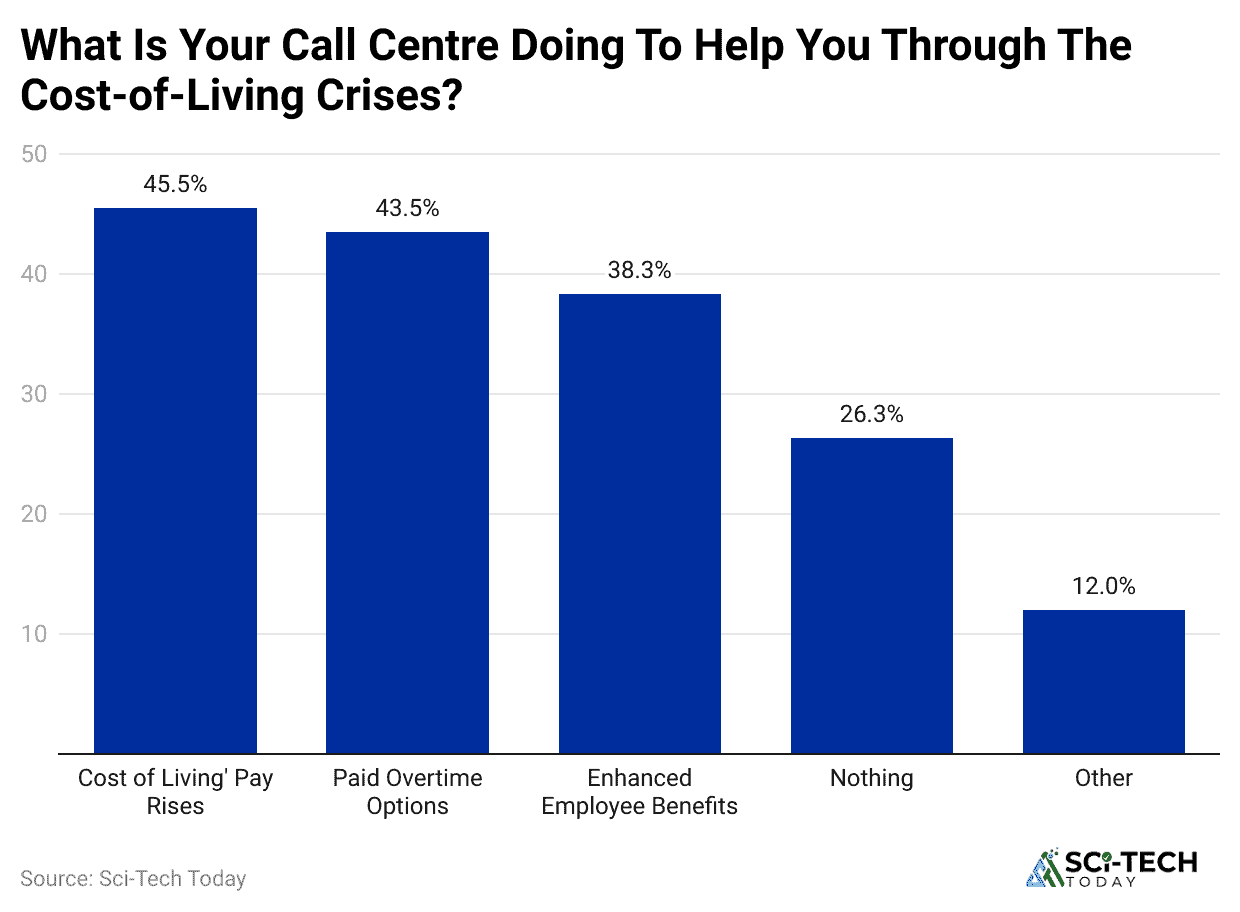
- Average Handle Time (AHT) is a primary measure of operational efficiency, currently averaging 6 minutes and 10 seconds across the global industry, which managers constantly seek to reduce through better process design.
- The standard service level agreement (SLA) for a top-performing call center is to resolve 80% of all inbound calls within 20 seconds, although many competitive organizations are now pushing for 90% resolution within a 15-second window.
- Call abandonment rates, which measure the percentage of callers who hang up before an agent answers, are considered healthy when kept below the 5% threshold, with anything over 8% indicating serious staffing or efficiency issues.
- Data shows that 60% of customers will drop a call if their wait time surpasses two minutes, underscoring the urgency of fast connection.
- First Call Resolution (FCR) rates, which demonstrate the ability of the call center to solve an issue on the first contact, typically range between 70% and 75% for high-performing teams.
- Improving the FCR rate by just 1% can translate to a 1% increase in customer satisfaction (CSAT) and a 1% decrease in operational cost due to fewer follow-up calls.
- Average Speed of Answer (ASA) is the average time a customer spends in the queue before an agent picks up, and the industry target for this metric is typically held at 28 seconds or less.
- Every second reduced in the ASA directly contributes to a better customer experience, as 77% of customers expect an immediate response when contacting a company.
- The average cost per call (CPC) for customer service interactions is a critical financial metric, ranging from a low of $2.70 to a high of $5.60, depending heavily on the complexity of the query and geographical labor costs.
| Service Level | 80% of calls answered in 20 seconds |
| Average Handle Time (AHT) |
6 minutes, 10 seconds |
|
First Call Resolution (FCR) |
70% to 75% |
| Call Abandonment Rate |
Target below 5% |
|
Average Speed of Answer (ASA) |
28 seconds |
| Cost Per Call (CPC) |
$2.70 to $5.60 range |
Call Center Benchmarks by Industry
- In financial services, the average customer satisfaction rate stands at 79%, showing that quality service delivery remains a strong priority in this field.
- Healthcare call centers report an average call abandonment rate of 7%, proving their effectiveness in managing patient calls and minimizing dropped interactions.
- E-commerce call centers record a 75% first call resolution rate, revealing that most customer concerns are successfully addressed during the initial contact.
- In the technology industry, the average service level reaches 79%, ensuring most calls are answered promptly to meet user expectations.
- Within the retail industry, only 39% of U.S. customers believe that agents understand their needs, indicating a significant gap in personalized engagement and customer connection.
- Telecom call centers maintain an agent occupancy rate between 80% and 90%, suggesting that employees handle an optimal number of calls without being overworked.
- Insurance call centers achieve a schedule adherence rate of 80%, showing that agents consistently meet their assigned working schedules to ensure service availability.
- In the automotive sector, customer satisfaction averages 78%, reflecting a solid performance in addressing consumer concerns regarding purchases, repairs, and other vehicle-related queries.
Call Center Outsourcing Market Size
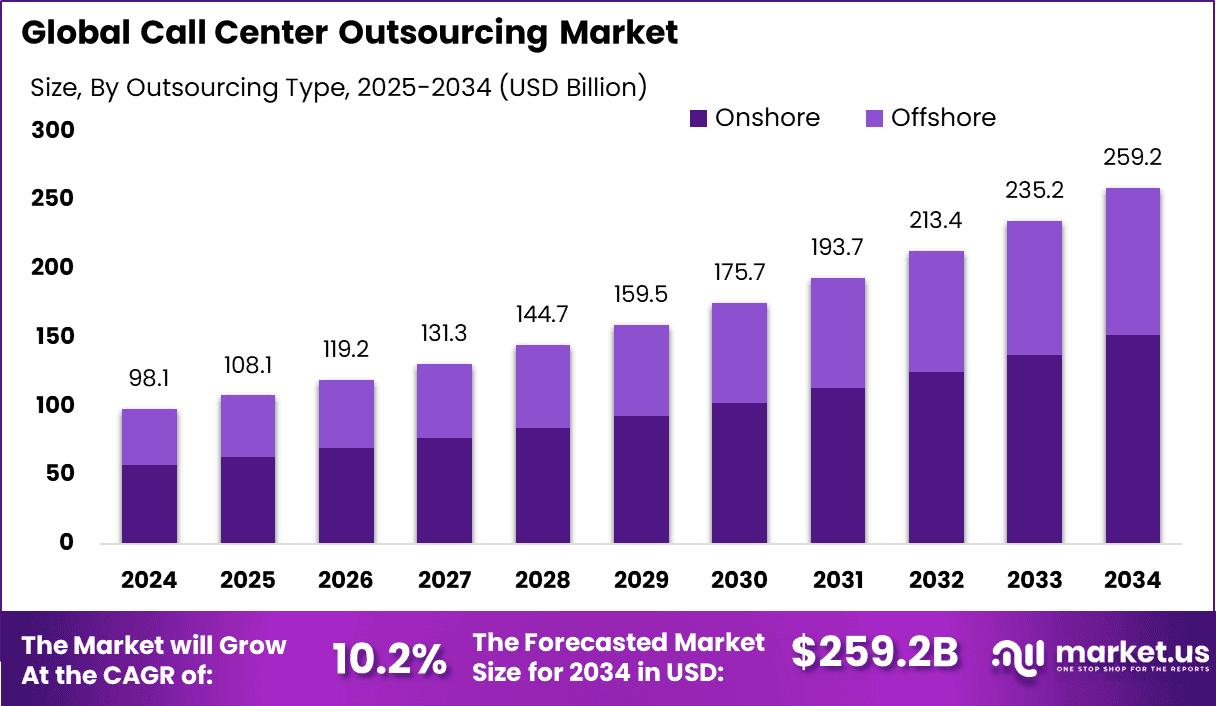
- According to market.us, the global call center outsourcing market is projected to reach an enormous $259.2 billion by the year 2034, growing at a Compound Annual Growth Rate (CAGR) of 10.2% from 2025 to 2034.
- A vast 78% of all companies now utilize outsourcing partners for at least a portion of their customer service operations, recognizing the strategic advantage of externalizing certain functions.
- The adoption rate is particularly high in sectors like financial services (72%) and healthcare (65%), where compliance and specialized knowledge are paramount.
- The North American market currently leads the global call center outsourcing industry, holding a significant 33.1% market share and generating approximately $32.47 billion in revenue as global enterprises concentrate in the region.
- The U.S. market alone is expected to more than double, reaching an estimated $66.7 billion by 2034.
- Inbound services, which primarily focus on handling incoming customer calls for support or service, dominate the outsourcing market, capturing 63.7% of the total global market share.
- Outsourcing partners are becoming increasingly sophisticated, with top providers achieving customer satisfaction scores ranging from 85% to 90% and maintaining FCR rates that average an impressive 78%.
- The global call center AI market is experiencing even faster growth, projected to rise from $2.7 billion in 2025 to $11.1 billion by 2032, representing a robust CAGR of 22.4%.
| Global Outsourcing Market (2034) | $259.2 billion projected |
| Companies Utilizing Outsourcing | 78% of all companies |
| AI Market CAGR (2025 to 2032) | 22.4% annual growth |
| Inbound Service Outsourcing Share | 63.7% of the outsourcing market |
| Top Outsourcing FCR Rates | 78% average |
Customer Experience and Satisfaction in the Call Center
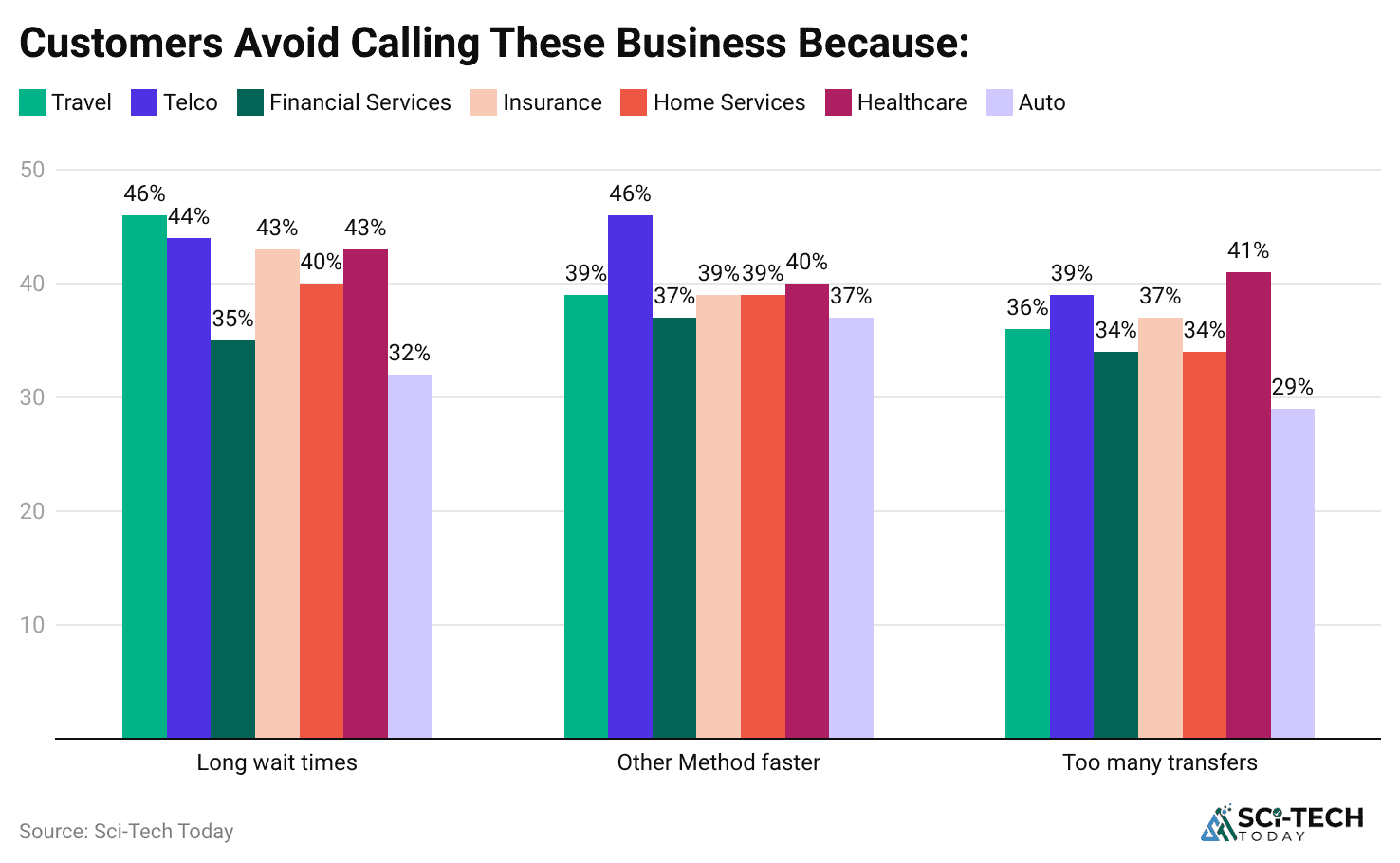
- Customer Satisfaction (CSAT) scores, measured immediately after an interaction, often hover around 73% in the U.S. across all sectors, though best-in-class call centers aim for scores between 75% and 85%.
- A 5% increase in customer retention, which is heavily influenced by CSAT, can lead to a 25% to 95% increase in company profits, showing the clear link to revenue.
- Net Promoter Score (NPS), which measures long-term loyalty and is scored on a scale from -100 to +100, is considered positive when it is above 20 and world-class when it exceeds 50.
- Companies with top-tier customer experiences often see NPS scores 2 to 3 times higher than their industry average, driven largely by the human connection in the call center.
- 71% of consumers expect agents to deliver a personalized interaction, and 76% report feeling frustrated or annoyed when the agent fails to recognize their context or history.
- Approximately 58% of U.S. consumers have clearly stated that they would willingly pay a higher price for goods or services from a brand that consistently offers a superior customer experience.
- When an issue is resolved on the first call, the likelihood of a customer leaving for a competitor drops to just 1%, compared to a 15% churn rate when a customer has to call back multiple times to solve the same problem.
- 9 out of 10 consumers now expect a seamless omnichannel experience, meaning they anticipate that service started via chat, social media, or email can be picked up and resolved perfectly by a live call center agent.
- A breakdown in this seamless transition is cited as a reason for switching brands by 73% of consumers, emphasizing the need for unified contact center technology.
| Customer Satisfaction (CSAT) | 73% U.S. average, 75% to 85% target |
| Net Promoter Score (NPS) | 20% is good, 50% is world-class |
| First Contact Resolution Impact | 1% churn rate if the issue is resolved |
| Personalization Expectation | 71% of customers expect it |
| Willingness to Pay for CX | 58% of consumers will pay more |
Call Centre AI Market Size
- The global call centre AI market is expected to reach around USD 13.6 billion by 2033, rising from USD 1.8 billion in 2023, growing at a steady CAGR of 22.4% between 2024 and 2033.
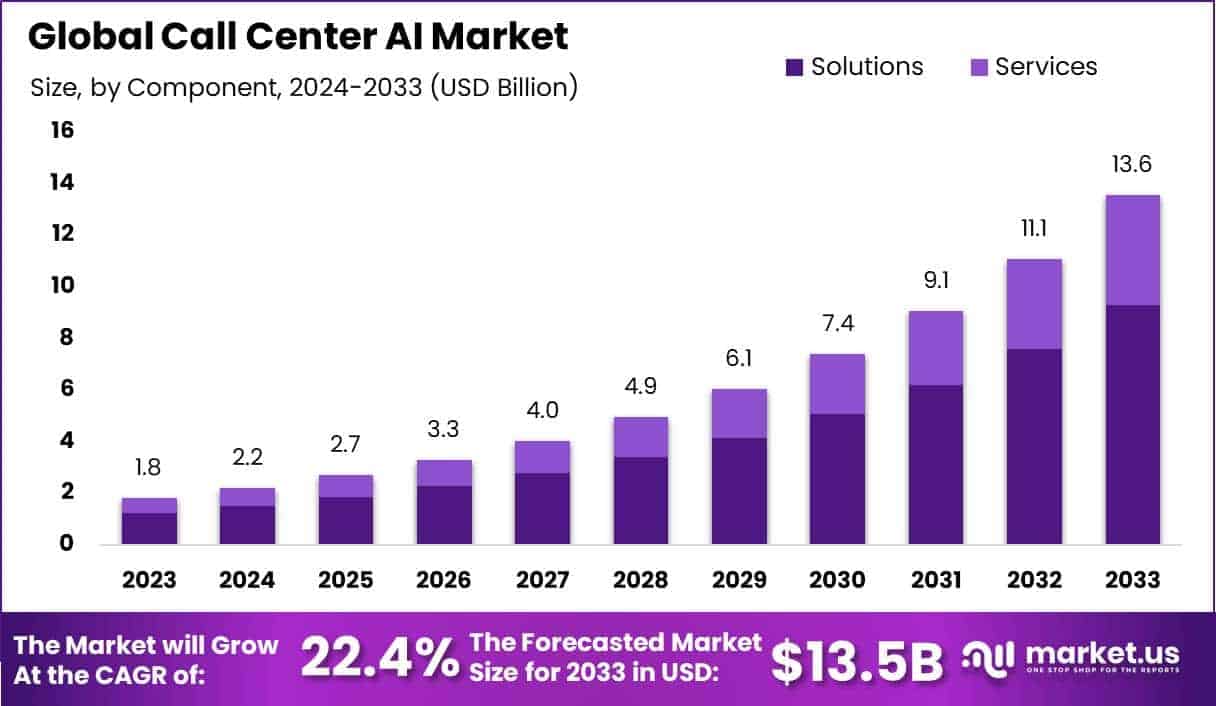
- According to the 2023 CX Landscape Report by CallMiner, nearly 45% of contact centre leaders express concern about AI-related security risks, while 43% worry about misinformation and 41% about biased or inappropriate AI responses in customer interactions.
- Only 6% of respondents in the same report stated they had no concerns regarding AI, indicating that hesitation and caution still dominate the industry’s outlook on automation.
- Based on Convin Insights, around 80% of call centres are currently using AI to improve how they interact with customers through chatbots, predictive routing, and analytics systems.
- By the end of 2024, an estimated 70% of customer inquiries will be handled exclusively by AI systems without human involvement, reflecting a clear shift toward autonomous service models.
- Approximately 65% of call centres have adopted chatbots for routine customer queries, improving speed and efficiency while reducing the need for manual support.
- More than 75% of call centres now offer multi-channel communication options such as live chat, voice, email, and social media, helping create a smooth and consistent customer experience.
- From the customer’s perspective, about 74% of users prefer engaging with support teams through multiple channels rather than a single mode of communication.
- Centres offering real-time assistance have reported a 64% rise in customer satisfaction, showing that timely responses play a key role in improving overall service quality.
- Nearly 90% of customers rate quick problem resolution as a top priority, proving that speed remains the most valued factor in customer support performance.
- Industry efficiency standards reveal that top-performing centres achieve first-call resolution rates between 70% and 79%, reflecting the growing effectiveness of AI-assisted service models.
- Customers are willing to pay a 16% higher price for superior service, showing that good customer experience translates directly into loyalty and revenue opportunities for businesses.
- In 2023, the Solutions category held the leading position in the market with a 68.5% share, driven by demand for AI-based automation tools that simplify workflows and improve decision-making.
- The Predictive Call Routing category captured over 23.6% of the market, as companies used AI to route calls based on customer profiles and agent expertise.
- Among organisation sizes, large enterprises accounted for more than 73.5% of the total share in 2023, owing to their strong capacity for AI infrastructure investment.
- By industry, the BFSI (Banking, Financial Services, and Insurance) sector represented over 24.2% of total demand, using AI to improve fraud detection, query handling, and client experience.
- Regionally, North America dominated the market in 2023, holding about 42.6% of the global share, which equalled USD 0.7 billion in revenue, supported by strong digital transformation initiatives and early AI adoption across service industries.
AI and Automation in Call Centers
- According to CMSWire, about 50% of businesses already use call center software or a knowledge base, while another 34% plan to implement such tools within the next two years.
- Gartner, cited by Plivo, noted that by 2025, nearly 80% of companies will have adopted or will plan to adopt AI-powered chatbots to strengthen their customer service functions.
- McKinsey stated that 78% of organizations now use AI in at least one area of their business, compared with 72% in early 2024, reflecting steady adoption growth.
- The same McKinsey study found that companies using Generative AI customer service agents recorded a 14% increase in issue resolution per hour and a 9% reduction in handling time.
- Research and Markets projected that the global conversational AI market will expand from $17.05 billion in 2025 to $49.8 billion by 2031, marking a total growth of 192% with a 24.7% CAGR through 2029.
- MarketsandMarkets observed that call centers are increasingly integrating AI-based technologies such as chatbots, virtual assistants, IVR, NLP, predictive analytics, and sentiment analysis to automate responses and enhance efficiency.
- Statista reported that more than 8 billion voice assistants were in active use worldwide in 2024, twice the number recorded in 2020, showing strong consumer adoption.
- According to Giva citing Research and Markets, the speech analytics market is expanding at a 15.61% CAGR (2024–2029) and could surpass $6 billion by 2029.
- Sprinklr confirmed that around 8.4 billion voice assistant units were active in 2024, supporting faster and more efficient self-service experiences for customers.
- Grand View Research highlighted that omnichannel customer engagement has become the norm, with this market growing by 13% annually and likely to reach nearly $18 billion in revenue by 2030.
Technology and AI Transformation in the Call Center
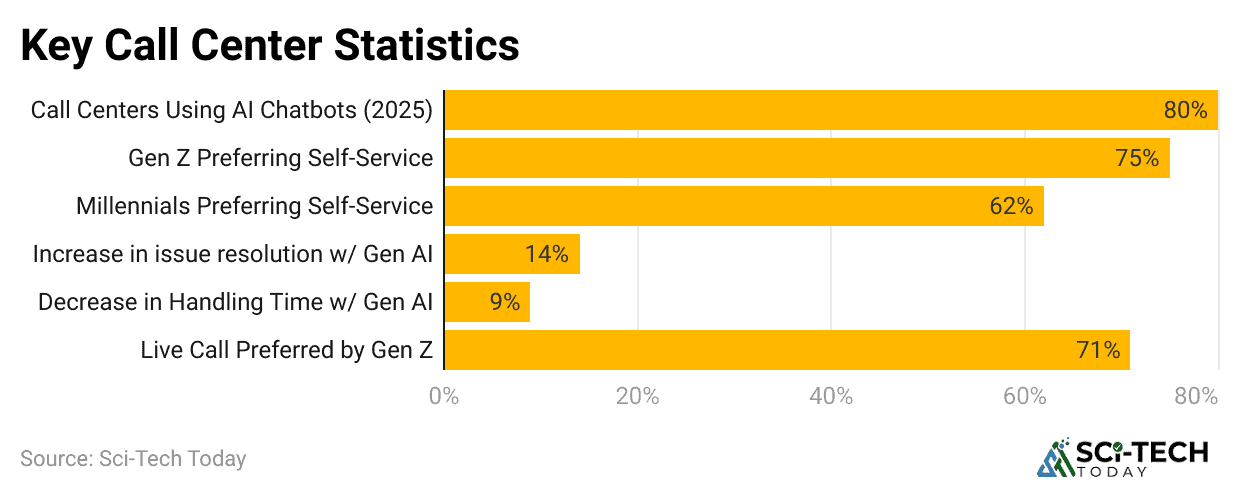
- By the end of 2025, a massive 80% of all customer service organizations are expected to have implemented AI in some capacity across their contact center operations, often starting with basic routing and agent assistance tools.
- Conversational AI technology is projected to save organizations an estimated $80 billion in agent labor costs by the year 2026, primarily by fully automating up to 10% of total agent interactions.
- Gartner research indicates that the rate of automation for agent interactions is set to increase fivefold, climbing from a low of 1.8% in 2022 to approximately 10% by 2026, primarily through self-service and virtual agent tools.
- However, traditional channels like phone and email are still expected to account for over 80% of all inbound interactions, meaning human agents are far from obsolete.
- Over 76% of all contact centers are planning significant new investment in AI solutions within the next two years.
- This investment is often focused on speech and text analytics, which can transcribe and analyze 100% of interactions to provide actual agent coaching and sentiment analysis.
- A significant 45% of businesses have implemented web self-service options, such as robust knowledge bases or automated portals.
- The willingness to use self-service is particularly high among younger demographics, with nearly 75% of Gen-Z customers preferring to resolve issues without speaking to an agent.
- Around 63% of contact center leaders believe that virtual assistants and sophisticated chatbots demonstrably simplify the resolution process for common customer issues.
- However, concerns remain, with 45% of CX leaders worried about AI security risks and 41% fearing biased or inappropriate AI responses.
| Expected AI Adoption (2025) | 80% of organizations |
| Labor Cost Savings by 2026 | $80 billion projected |
| Automated Interactions (2026) | Projected to reach 10% |
| New AI Investment | 76% of contact centers are planning new investments |
| Web Self-Service Impact | 45% of businesses report decreased call volume |
Agent Performance and Call Center Employee Insights
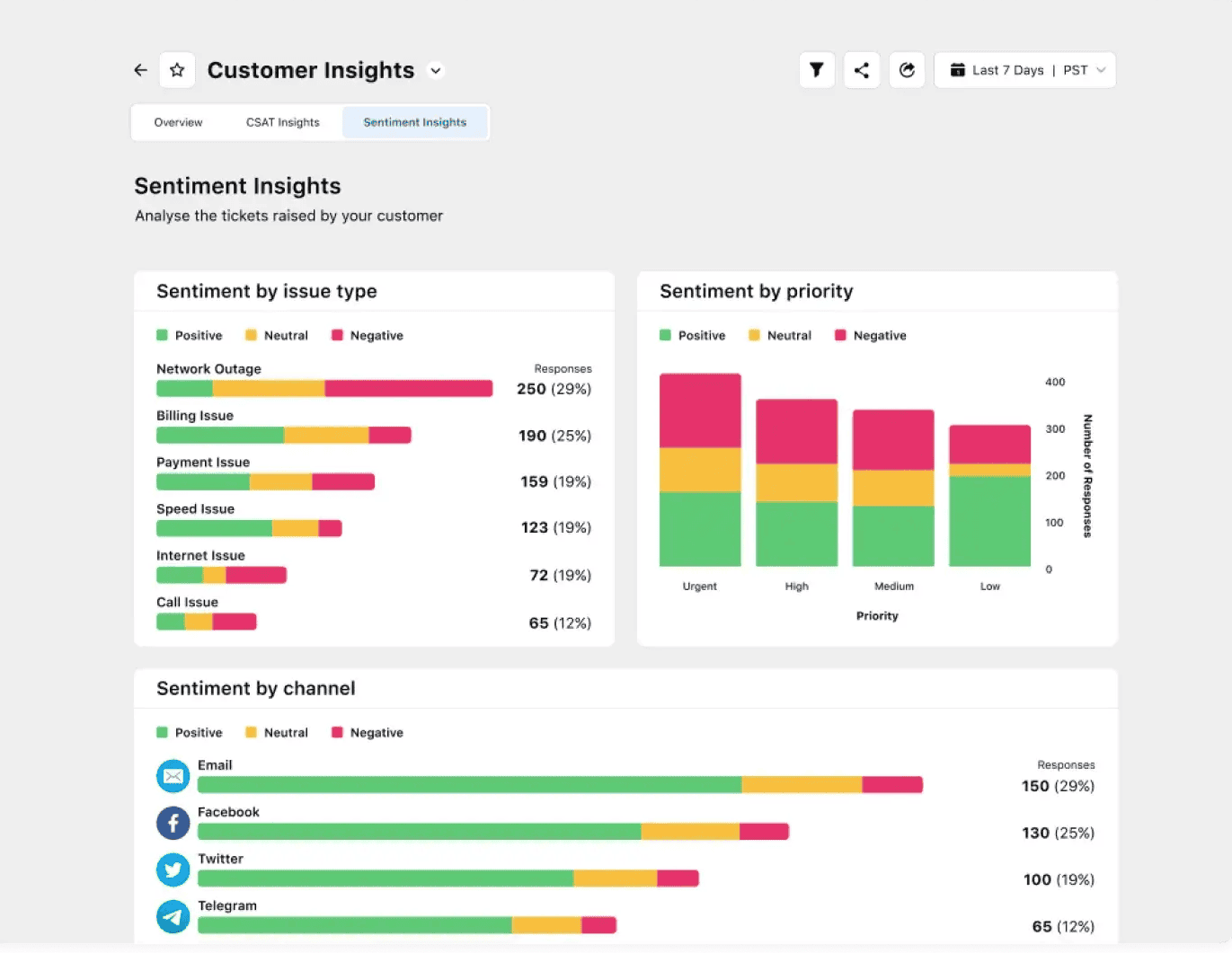
- The average annual staff turnover rate within the call center industry is exceptionally high, typically ranging between 30% and 45%, making it one of the highest turnover sectors globally.
- This high attrition rate is costly, with some estimates placing the cost of replacing a single agent at up to 150% of their annual salary due to recruitment and training expenses.
- The typical tenure for a call center agent is alarmingly short, averaging only about 15 months for those in sales roles and just 13.7 months for those dedicated to customer support positions.
- A startling 87% of all call center agents report experiencing significant job stress, which is a major contributing factor to the high turnover rates and a decrease in customer service quality.
- The ideal agent occupancy rate, which measures the time an agent spends actively on calls or related tasks, is generally targeted between 80% and 85%.
- A significant 60% of agents feel that the training provided by their call centers is ineffective and does not offer practical value to their daily roles and issue resolution.
- In a major shift toward improved quality of life and retention, 73% of call center leaders plan to offer remote or hybrid work models permanently to boost agent recruitment and retention rates.
- Furthermore, a study found that remote agents demonstrated a 13% improvement in overall performance and a reduction in absenteeism.
| Annual Agent Turnover | 30% to 45% range |
| Average Agent Tenure | 15 months for sales, 13.7 months for support |
| Reported Job Stress | 87% of agents report significant stress |
| Ideal Occupancy Rate | 80% to 85% |
| Agent Training Value | 60% of agents feel training is ineffective |
| Remote/Hybrid Work Plans | 73% of leaders plan to offer it long-term |
Call Center Future Trends
- According to Microsoft, more than 8.4 billion voice assistants will be in active use worldwide by 2024. This rapid growth will increase the use of technologies such as natural language processing and machine learning. These tools will help businesses provide quick and efficient self-service options for customers.
- The adoption of cloud-based contact center solutions is expected to rise steadily, with the total market value projected to reach $82.43 billion by 2030. This trend shows that companies prefer scalable and flexible CCaaS models that simplify management and improve customer experience.
- The global omnichannel customer engagement market is predicted to generate around $17.92 billion in revenue by 2030. The integration of multiple customer communication channels will allow users to move smoothly between platforms while enjoying a consistent and personalized experience.
- The number of remote call center agents is projected to increase by 60% between 2022 and 2024. This expansion will be driven by businesses adopting virtual workforce models that offer flexibility, cost savings, and high-quality service without the need for physical office infrastructure.
- By 2025, nearly 95% of customer interactions are expected to involve sentiment analysis tools. These tools will help companies understand customer emotions in real time, allowing agents to respond more effectively and improve satisfaction levels.
Conclusion
Overall, these call center statistics are the quantifiable heart of a company’s relationship with its customer base. From the steadfast goal of answering 80% of calls within 20 seconds to the financial implications of a $2.70 to $5.60 cost per call, every metric dictates success in this customer-focused environment.
The convergence of technology and human factors defines the future of the call center. With 80% AI adoption expected by 2025 and a 45% agent turnover rate creating constant operational challenges, the next few years will be defined by a balancing act.
Organizations that use these detailed, data-driven insights to boost FCR rates, lower AHT, and invest in agent well-being will be the ones that give customer loyalty and capture the competitive landscape in this evolving service industry. I hope you guys like this piece of content. If you have any questions, kindly let us know. Thanks for staying up till the end.
FAQ.
The single most critical statistic is widely considered to be First Call Resolution (FCR), which measures the percentage of customer issues resolved entirely during the initial interaction, without requiring a follow-up call, transfer, or escalation. The global industry benchmark for a “Good” FCR rate is typically between 70% and 79%, while “World-Class” call centers strive for 80% or higher. Improving FCR by just 1% can often reduce operating costs by 1% and increase customer satisfaction (CSAT) by a corresponding 1%.
The “80/20 rule” is the long-standing global standard for the Service Level metric, which dictates that a call center should aim to answer 80% of all incoming calls within 20 seconds. This target is a crucial indicator of a call center’s ability to staff adequately and manage unexpected call volume spikes, with a higher rate indicating superior responsiveness and lower customer frustration.
The typical cost per call (CPC) for customer service interactions varies significantly based on complexity, agent wage, and technology used, but generally ranges from $2.70 to $5.60 per call globally. For a mid-sized call center, the financial impact of this cost is substantial, and reducing metrics like Average Handle Time (AHT) and repeat calls is a direct way to drive this cost down.
The current industry average for Average Handle Time (AHT), which includes total talk time, total hold time, and after-call work (ACW), is approximately 6 minutes and 10 seconds. This figure is a crucial efficiency metric, with successful call centers training agents and optimizing processes to bring their AHT below the 6-minute mark without compromising quality or FCR.
A Call Abandonment Rate, which is the percentage of callers who hang up before an agent can answer, is considered “good” when it is kept below 5%. Rates exceeding 8% are typically viewed as a clear sign of persistent staffing shortages or severely inadequate queue management technology, often leading to a significant loss of potential business and customer goodwill.
The staff turnover rate in the call center industry is notoriously high, often ranging between 30% and 45% annually, making it one of the highest turnover sectors globally. This is a massive drain on resources, as the estimated cost to replace a single agent, including recruitment, training, and lost productivity, can be as high as 150% of that agent’s annual salary.
By the year 2026, AI is projected to save the contact center industry an estimated $80 billion in agent labor costs by fully automating simple and repetitive interactions. Experts anticipate that the rate of automation will increase fivefold, handling approximately 10% of all agent interactions and shifting the human agent’s role entirely toward complex problem-solving and emotional labor.
While the average CSAT score in the U.S. across all sectors hovers around 73%, a “good” CSAT score for a call center is considered to be between 75% and 84%. “World-Class” call centers consistently achieve CSAT scores of 85% or higher, confirming that the effort they expend on superior agent training, fast resolution, and personalized service is translating into top-tier customer loyalty.

Barry is a technology enthusiast with a passion for in-depth research on various technological topics. He meticulously gathers comprehensive statistics and facts to assist users. Barry's primary interest lies in understanding the intricacies of software and creating content that highlights its value. When not evaluating applications or programs, Barry enjoys experimenting with new healthy recipes, practicing yoga, meditating, or taking nature walks with his child.
